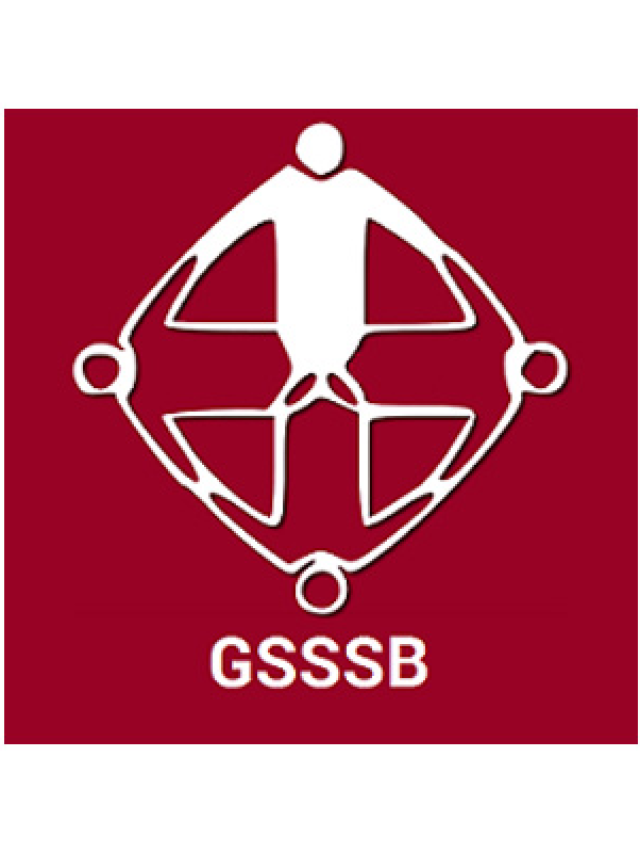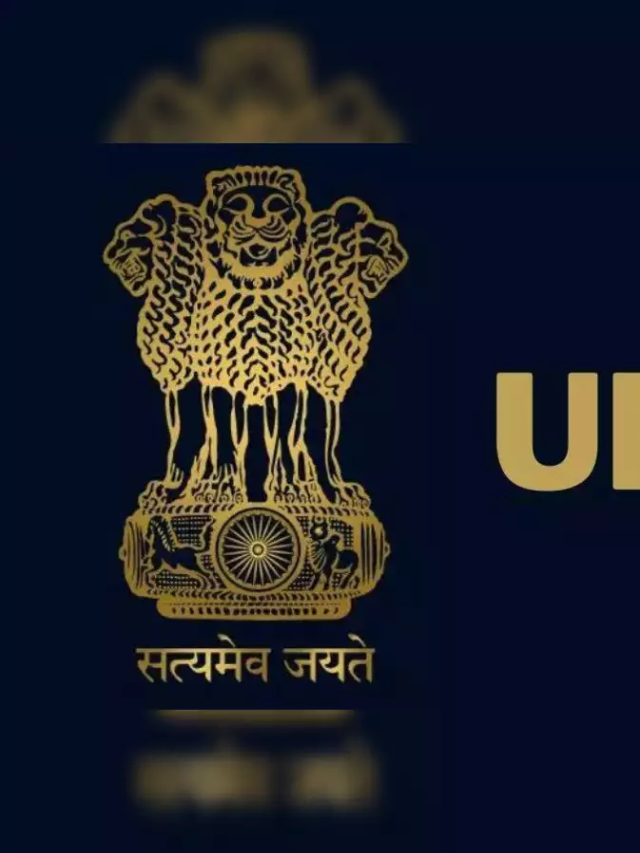NCERT Solutions for Class 10 History Chapter 4 – The Age of Industrialisation
.
Page No. 102
1. Explain the following:
- Women workers in Britain attacked the Spinning Jenny
- In the seventeenth century merchants from towns in Europe began employing peasants and artisans within the villages
- The port of Surat declined by the end of the eighteenth century
- The East India Company appointed ‘gomasthas’ to supervise weavers in India
Solution:
- James Hargreaves designed the Spinning Jenny in 1764. This machine speeded up the spinning process and reduced the demand for labour. By the use of this machine, a single worker could turn a number of spindles, and spin several threads at a time. Due to this, many weavers would lose employment. The fearful prospect of unemployment drew women workers, who depended on hand-spinning, to attack the new machines.
- World trade expanded at a very fast rate during the 17th and 18th centuries. The acquisition of colonies was also responsible for the increase in demand. The producers in the towns failed to produce the required quantity of cloth. The producers could not expand the production in the towns, because urban crafts and trade guilds were powerful. These were the associations of producers that restricted the entry of new people into the trade. The rulers granted different guilds the monopoly right to produce and the trade-in specific products.
- The European companies were gaining power by securing a variety of concessions from the local courts. It was very difficult for the Indian merchants and traders to face the competition as most of the European countries had huge resources. Some of the European companies got the monopoly rights to trade.
All this resulted in the decline of Surat Port by the end of the eighteenth century. In the last years of the seventeenth century, the gross value of trade that passed through Surat had been 16 million. By the 1740s, it had slumped to 3 million. With the passage of time, Surat and Hooghly decayed, while Bombay (Mumbai) and Calcutta (Kolkata) grew.
- The company tried to eliminate the existing traders and brokers connect with the cloth trade, and establish more direct control over the weavers. It appointed a paid servant called Gomastha to supervise weavers, collect supplies, and examine the quality of cloth.
2. Write True or False against each statement:
- At the end of the nineteenth century, 80 per cent of the total workforce in Europe was employed in the technologically advanced industrial sector
- The international market for fine textiles was dominated by India till the eighteenth century
- The American Civil War resulted in the reduction of cotton exports from India
- The introduction of the fly shuttle enabled handloom workers to improve their productivity.
Solution:
- False
- True
- False
- True
3. Explain what is meant by proto-industrialisation
Solution: Even before factories began to appear on the landscape of England and Europe, there was a large scale industrial production for an international market. This was not based on factories. Many historians now refer to this phase of industrialisation as proto-industrialisation or the precursor to industrialisation. During this period, most of the goods were hand manufactured by trained crafts-persons for the international market.
4. Why did some industrialists in nineteenth-century Europe prefer hand labour over machines?
Solution: In the 19th century, Europe some British industrialists preferred hand labour over machines because
- New technologies and machines were expensive and untested. So the producers and the industrialists were cautious about using them.
- Machines often broke down and repairing them was an expensive affair.
- Poor peasants and migrants moved to cities in large numbers in search of jobs. As a result, there was a large pool of labourers available for cheap labour.
- In seasonal industries, where production fluctuated with the seasons, industrialists usually preferred hand labour, employing workers only for the season, when it was needed.
- The variety of products required in the market could not be produced by the machines available at that time. In the mid-nineteenth century, Britain, for instance, 500 varieties of hammers and 45 kinds of axes were produced, these required human skills and not mechanical technology.
5. How did East India Company procure regular supplies of cotton and silk textiles from Indian weavers?
Solution: The East India Company adopted various steps to ensure regular supplies of cotton and silk textiles.
- They established political power to assert a monopoly on the right to trade.
- The company tried to eliminate the existing traders and brokers connected with the cloth trade and establish direct control over the weavers. It appointed paid servants called the ‘Gomasthas’, to supervise weavers, collect supplies and examine the quality of cloth.
- It prevented the company weavers from dealing with other buyers. Once an order was placed, the weavers were given loans to purchase the raw material. Those who took loans had to hand over the cloth they produced to the Gomasthas only. They could not take it to any other trader.
- They developed a system of management and control that would eliminate competition, control cost and ensure regular supply of cotton and silk goods. This system forced the sell at a price dictated by the company. By giving the weavers a loan, the company tied the weavers with them.
6. Imagine that you have been asked to write an article for an encyclopedia on Britain and the history of cotton. Write your piece using information from the entire.
Solution: The following inventions in 18th century England (given in chronological order) are important milestones in the history of cotton.
- James Hargreaves invented the Spinning Jenny’ in 1764. This speeded up spinning work significantly.
- John Key invented the ‘Flying Shuttle’ in 1769, which sped up the weaving process.
- Richard Arkwright improved the ‘Spinning Jenny’ in 1769 so that it could be run by water power. He called it the ‘Water Frame’.
- In 1776, Samuel Crompton invented the ‘Mule’, which combined the advantages of both the ‘Water Frame’ and the ‘Spinning Jenny’.
- In 1785, Edmund Cartwright invented the power loom, which used steam power for both spinning and weaving.
- Eli Whitney (in the USA) invented the ‘Cotton Gin’ in 1793, which solved the problem of removing seeds from cotton fibres. This could separate the seeds from the fibres 300 times faster than by hand. Later on, Arkwright created a complete cotton mill, where all the textile manufacturing process could be completed under one roof and management.
- The use of steam power played a very significant role in running cotton mills. Production of textiles increased in a very short time and with less manual labour. At the beginning of the 19th century, there were near about 321 steam engines in England, out of which 80 were in use in cotton textile mills.
- The East India Company appointed ‘Gomasthas’, the paid servants of the company to supervise weavers, collect supplies and judge and inspect the quality of textiles. The Gomasthas were the link between the East India Company and the weavers. The company arranged loans to the weavers to purchase raw material for weaving the cloth.
7. Why did industrial production in India increase during the First World War?
Solution: Industrial production in India increased during the First World War due to the following reasons
- The British mills were busy with war production to meet the needs of the army; thus, Manchester imports into India declined.
- With the decline of imports suddenly, Indian mills had a vast home market to supply.
- As the war prolonged, Indian factories were called upon to supply war needs also, such as Jute bags, cloth for uniforms of soldiers, tents, leather boots.
- New factories were set up, and old ones organised multiple shifts; during the war years, Indian industries boomed.
- Overall, the First World War gave a boost to Indian industries.
The Age of Industrialisation Summary
The NCERT Class 10 India and the Contemporary World – II Chapter 4 talks about the following topics:
- Before the Industrial Revolution
1.1 The Coming Up of the Factory 1.2 The Pace of Industrial Change
- Hand Labour and Steam Power
2.1 Life of the Workers
- Industrialisation in the Colonies
3.1 The Age of Indian Textiles 3.2 What Happened to Weavers? 3.3 Manchester Comes to India
- Factories Come Up
4.1 Early Entrepreneurs 4.2 Where Did the Workers Come From?
- The Peculiarities of Industrial Growth
5.1 Small-scale Industrial Predominate
- Market for Goods
Frequently Asked Questions on NCERT Solutions for Class 10 History Chapter 4
List the important topics students should learn from the Chapter 4 of NCERT Solutions for Class 10 History?
The important topics students should learn from Chapter 4 of NCERT Solutions for Class 10 History are –
1. Before the Industrial Revolution
2. Hand Labour and Steam Power
3. Industrialisation in the Colonies
4. Factories Come Up
5. The Peculiarities of Industrial Growth
6. Market for Goods.
What does the Chapter 4 of NCERT Solutions for Class 10 History brief about?
The Chapter 4 of NCERT Solutions for Class 10 History brief about industrialisation and how it marked the beginning of modernisation. Students will also understand how setting up factories produced large scale production which in turn lead to worldwide trade. The NCERT Solutions provides answers to questions regarding the history of Britain, the first industrial nation, and the pattern of industrial change conditioned by colonial rule in India. Experts at ETSBUY have created these answers according to the latest CBSE guidelines to help students ace their board exam.
Why should I download the NCERT Solutions for Class 10 History Chapter 4 from ETSBUY?
For students aspiring to secure high scores in the board exams, the NCERT Solutions from ETSBUY is the best resource for reference. It’s a one-stop solution for students to get their doubts cleared instantly as well as to learn new topics effectively. Students can obtain comprehensive knowledge on all chapters from the solutions PDF available for free at ETSBUY. While answering the textbook questions, students can cross-check their answer with this resource to understand where they lag and can improve on them for scoring high marks in the exam.









1 thought on “NCERT Solutions for Class 10 History Chapter 4 – The Age of Industrialisation”